Especially at the lower elevations of the state, West Virginia’s climate ranges from humid and subtropical to temperate, with mild winters. Vegetables can be planted in the ground, in beds, or in early spring throughout the state once the last frost has gone. Below we learn the West Virginia vegetable planting guide, a month-by-month vegetable planting chart, a seasonal gardening guide for West Virginia home gardens, the best crops to grow in West Virginia, and the hardiness zones of West Virginia.
In case you missed it: Contract Fish Farming in India: Companies, Agreement, Profits, Process, Benefits, and Risks
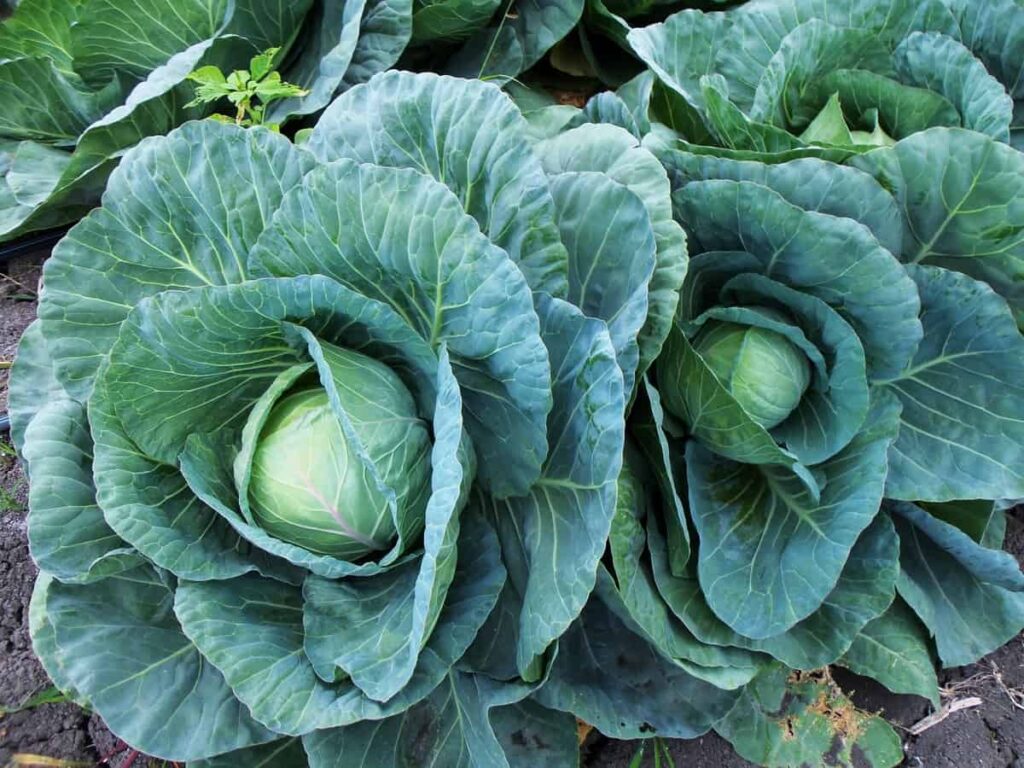
West Virginia vegetable planting calendar
When should I start a garden in WV?
Because of its temperate temperature, West Virginia is a great place to grow vegetables. The summers are hot enough to grow warm-season crops, while the spring and autumn seasons are distinct enough to support the growth of cool-season crops. The planting zones map estimates the climatic conditions in a specific place. Planting zones take into account elements like elevation and soil type.
Light frost or freezing temperatures won’t kill most cool-season crops, but warm-season crops shouldn’t be planted until after the latest frost date. Growers of warm-season crops can start their seeds inside and transfer their seedlings to the garden after the frost risk has gone. Growing veggies requires a spot that receives at least 8 to 10 hours of sunshine every day and is not shadowed by nearby buildings or trees. Another crucial factor is the distance at which a water source is availble, such as a sink or a rain barrel, if neither is available.
What planting zone is West Virginia?
The majority of the state has a humid subtropical climate and is divided into planting zones accordingly. In much of the state, you can expect chilly but tolerable winters and muggy, hot summers. Summer highs reach triple digits while winter lows drop into the high teens. However, at a pleasant 80 degrees, the state’s summers are bearable everywhere you go. The southern highland areas of the state have a milder climate than the rest because of their higher altitude and lower average temperatures.
The summers are more bearable, and the winters are pleasant. Depending on where you live, annual precipitation can range from the mid-30s to the high 50s or perhaps more. On average, the state receives roughly 200 days’ worth of precipitation yearly, whether in the rain, snow, or both. Thick fog and an overcast sky are common in West Virginia weather.
Before planning your garden, you need to know your planting zone. West Virginia is located in climate zones 5a-7a, with most of the state being in zones 6b-7a. Temperatures are only slightly lower in the state’s central and eastern regions. If you’re unsure of what planting zone you’re in or need help choosing plants, go to a nursery near you in West Virginia.
In case you missed it: Contract Poultry Farming in India: Profits, Companies, Agreement, How it Works, The Pros and Cons
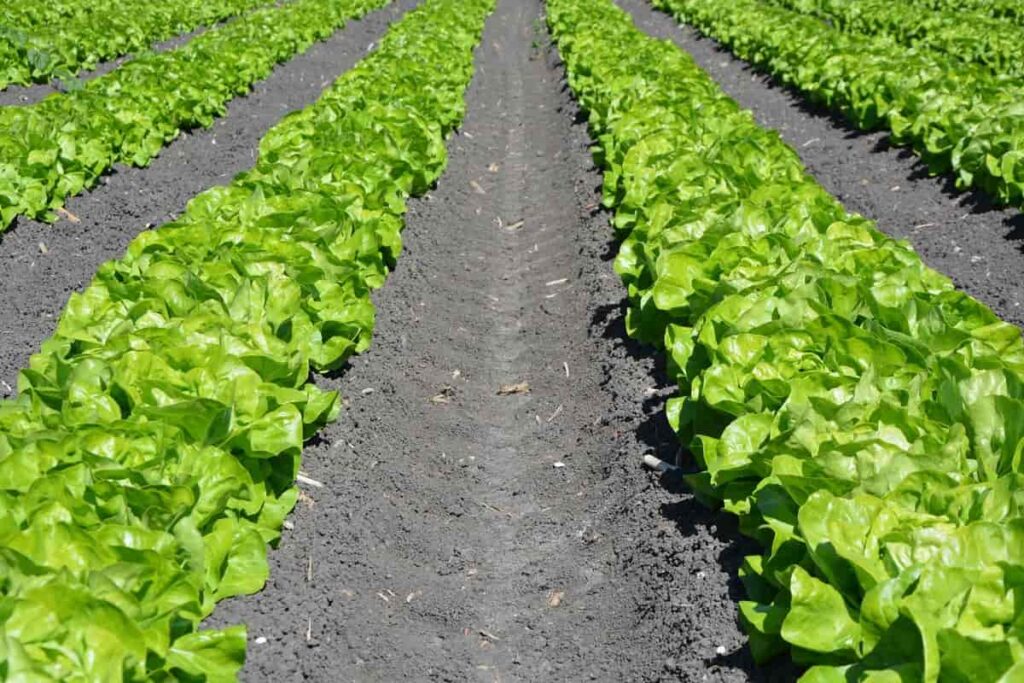
You should choose hardy plants in your zone or one below it. There is little risk of death for a plant in zone 5a throughout the winter if it is rated for hardiness zones 1 through 5. There is a wide variety of flora and fauna in West Virginia. These conditions are ideal for growing a wide variety of vegetables. In this environment, vegetables such as tomatoes, beets, cabbage, beans etc. will thrive.
When should I plant tomatoes in WV?
The soil temperature should be about 60 degrees Fahrenheit, and the threat of frost should have gone before you plant tomatoes outside. Northern West Virginia gardeners and those at higher elevations may need to wait until after Mother’s Day to transplant tomatoes. West Virginia gardeners must watch for late frosts and freezes through May.
How far apart you should put your tomato plants is determined by the growth pattern of the type you’re planting and whether or not they’ll be trimmed. Plants in cages or stakes need at least 5 feet of space between each plant. Determined plants, without stakes, need a distance of 12-24 inches between each plant in rows of 4-6 feet. Spacing for unstaked indeterminate plants is 2–3 feet apart in rows 5–7 feet apart.
Dig a hole that’s at least twice as wide and deep as the tomato seedling and root ball using a trowel. The seedling should be planted at the same depth it had been growing in its pot. When a piece of the stem is submerged, roots will spread out. If your seedlings are in peat pots, ensure the entire container is below the soil level to avoid drying out transplant roots.
When should you plant potatoes in WV?
As you have already realized, you should keep a watchful eye on the weather in spring. Pay close attention to the date of the last frost in your area. In West Virginia, you can safely plant potatoes in the ground once two weeks have passed since the last frost.
In case you missed it: Vermont Vegetable Planting Calendar: Month-wise Chart, Dates Guide, Schedule for Fall, Winter, Spring, and Summer Seasons
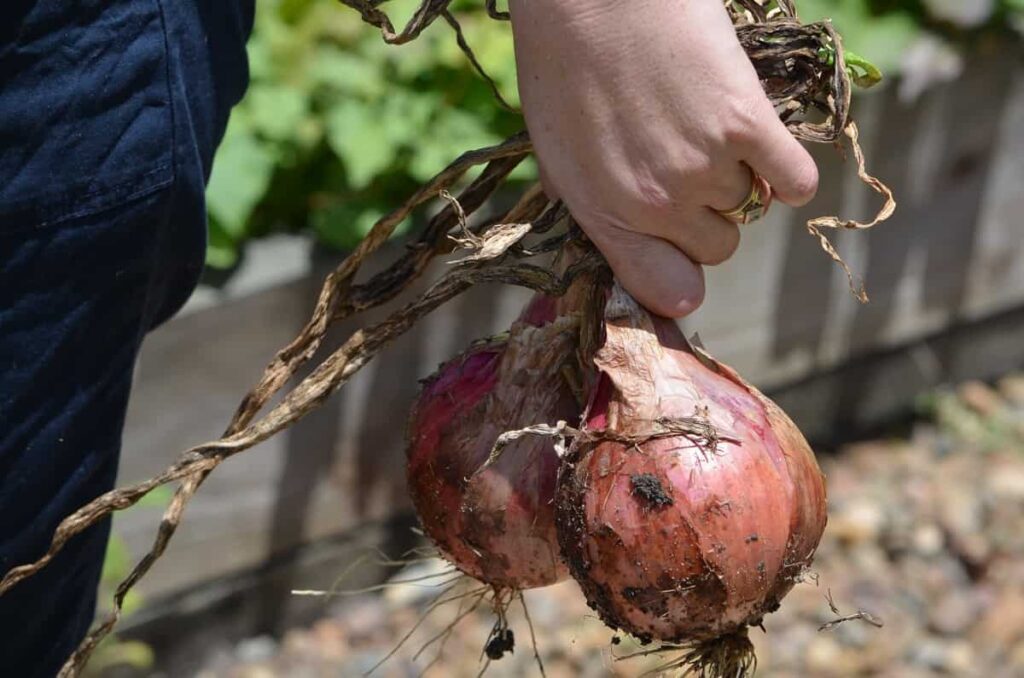
Is it too late to plant green beans in WV?
Vegetable gardening is often considered a spring and summer tradition. WHowever, est Virginia’s varied mild temperature zones provide an easy planting season, allowing for later summer planting and even autumn planting to lengthen the growing and harvesting times. Once the danger of frost has gone, which can happen as early as March in certain parts of the state, you can begin your early spring planting.
Know the vegetable’s growth stops before your area’s first severe frost. In that case, planting can continue for as long as possible in late September and early October, even later. This can result in an autumn vegetable garden almost as productive as the spring garden in the warmer low-lying southern areas of the state.
How long is the growing season in West Virginia?
The growing season in West Virginia lasts for different amounts of time in different regions. For most places, the final frost occurs between 1st September and mid-October. Usually, the growing season in Virginia ends when the first frost of autumn arrives, between mid-April 16 and till the end of May.
What can I plant now in West Virginia?
Spring vegetable planting in west Virginia
Planting in the spring is the best option in climates where frost can occur as early as September and the ideal time to plant the final frost of April. Aim for a soil temperature in the high forties to low fifties. Gardeners should consider when the final frost typically occurs in the spring. More like the middle of May in the state’s eastern and north-central regions. Late May is often when the final frost of spring occurs in the state’s mountainous north-eastern portion.
First, you should grow cool-weather vegetables like peas, broccoli, cabbage, spinach, kale, arugula, radishes, carrots, onions, cilantro, and lettuce. Planting tomatoes, peppers, and eggplant from seed in May require six to eight weeks of care and attention. Very few plants are as ready for transplanting as cucumbers, zucchini, and squash. Plant them in late April once they have germinated inside.
In case you missed it: Best Practices to Grow Spinach/Palak at Home: Check How this Guide Helps Beginners
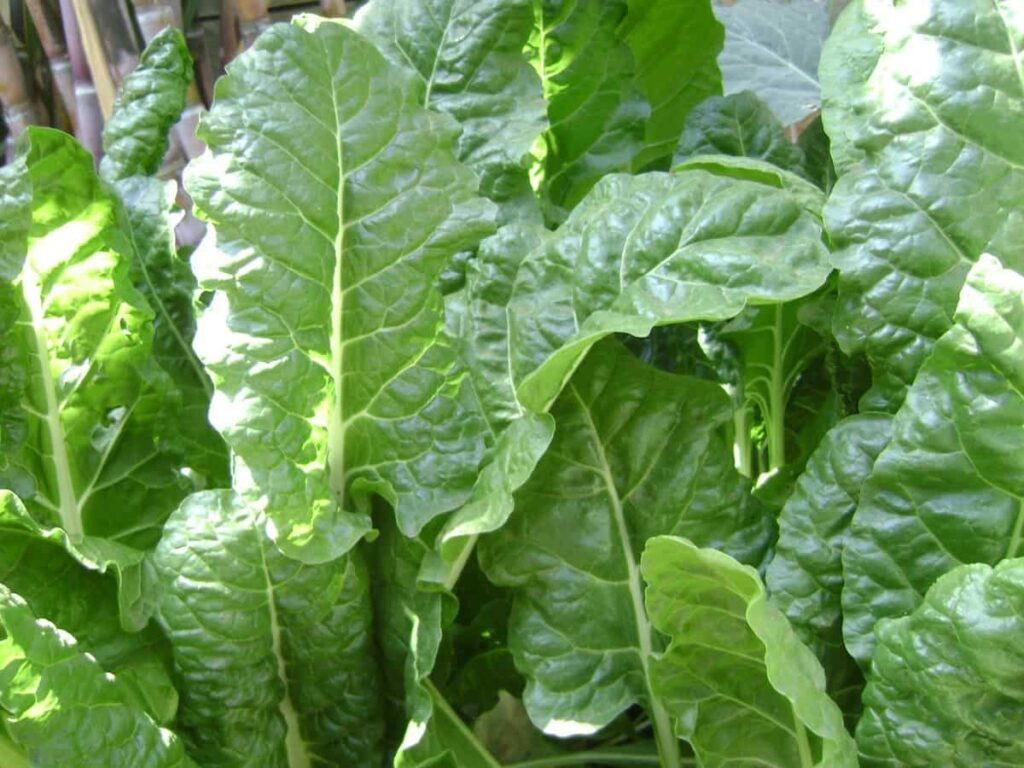
However, as members of the squash family are vulnerable while transplanting and thrive when grown outside in May after the threat of frost has gone, direct sowing is recommended. Mulch should be removed from beds and planting areas at least eight to ten days before planting to allow the soil time to warm up. The standard recommendation is to dig a hole three times as wide as the root system and twice as deep so that backfilling and adjusting the plant’s placement is possible.
Remember to bury your plants at the same level as when you first got them out of the container or nursery. To ensure that the roots make excellent, solid contact with the soil and to dissipate any air pockets surrounding them, water heavily immediately after planting. You should mulch at a depth of three to four inches. Remove mulch from the tree trunk to prevent collar rot, root rot, winter injury, and insect and rodent damage.
Fall vegetable planting in west Virginia
Fall planting is excellent in regions where frost in the first few weeks is unlikely since the soil is still warm, showers are more frequent, and the temperature is still nice. Planting in the fall allows seeds to germinate and begin developing before the winter weather sets in, giving the plants a head start on the growing season and a greater chance of success. Slow root growth at temperatures as low as 45 and even 42 degrees Fahrenheit gives trees, shrubs, and other perennials plenty of time to plant their roots.
The roots of freshly planted or transplanted plants will have matured to an adequate level by the following spring. Beets, mustard, parsnips, Chinese cabbage, radishes, collards, green onions, cauliflower, celery, potatoes, Bibb and leaf lettuce, spinach, and Swiss chard are some examples of vegetables that can withstand mild frosts (with temperatures in the range of 30 to 32 degrees Fahrenheit). Two months, or at least six weeks, should pass before the average first frost date.
As a result, plants will have time to recover and establish new roots before the temperature drops below freezing. The plant growth conditions are optimal after the autumn rains. During dry autumn, watering the newly planted seedlings will be necessary. They’ll need to be watered with around a week’s worth of weekly rainfall. Mulching helps keep the soil moist and promotes root growth. Inadequate soil moisture, whether too dry or too wet, increases the risk of transplant shock. Soil cooling down too quickly is another issue that mulching helps in. Soil moisture has a role in how long temperatures remain above freezing.
Summer vegetable planting in West Virginia
Although they are often grown as vegetables in gardens, tomatoes are more properly classified as a fruit. Caging or staking plants help keep the fruit from falling off and allow maximum growth and yield. In addition, tomatoes like warm soil, so skip the mulch or cover the soil with transparent or black plastic early in the season to speed up the warming process. You can get peppers ranging from mild to very hot.
In the garden, you can plant both hot and sweet peppers next to each other, and the fruit of each kind will retain its original taste and heat level. The first fruits of the eggplant plant were white. Like their pepper and tomato relatives, eggplants need plenty of water and sunlight to produce fruit. While tomatoes, eggplants, and peppers are all related to tomatillos, you’ll need at least two tomatillo plants to ensure successful cross-pollination.
In case you missed it: Vertical Tomato Farming: Modern Way of Getting More Yields in Less Space
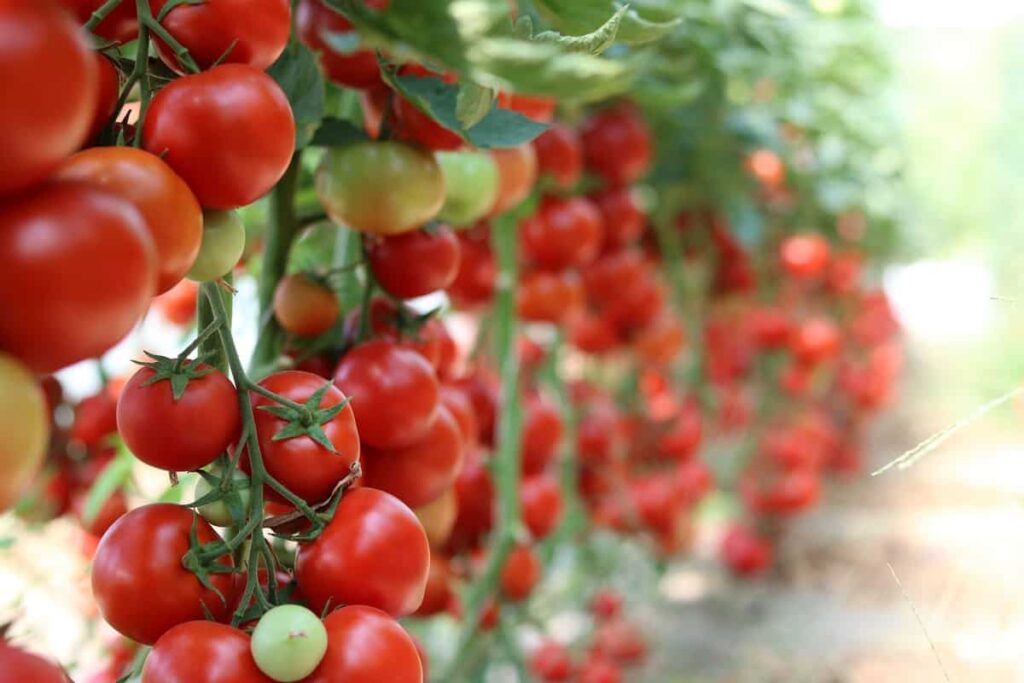
Direct sowing into the garden is the best method for growing cucumbers. Seeds have a week to germinate in warm soil. When grown on a trellis or fence, cucumbers are more healthy. Fruit kept above the ground is protected and less likely to be eaten by pests like slugs. Vegetable gardens can quickly become overrun with vining summer and winter squash plants.
To make up for this, bush varieties of zucchini and yellow summer squash can be grown in a fraction of the space. Gardens can grow both fresh and dried bean crops. Beans grow best as shrub plants, whether green, yellow, or wax. Pole beans are climbing beans that a trellis or fence must support as they climb. Beans like the fava bean and the lima bean are harvested at their peak freshness.
Winter vegetable planting in West Virginia
High tunnels can also be used to grow leafy crops over the duration of the winter. Like root crops, the flavor of greens like kale, collards, spinach, and chard are improved by being cultivated in colder temperatures. In a high tunnel, spinach may keep growing new leaves throughout the year, even in the coldest seasons. These greens are sown or transplanted in the fall for a winter or succession harvest that begins in February.
For this reason, certain types of lettuce can be grown in a high tunnel and harvested throughout the winter, despite the low light and freezing temperatures. High tunnels allow for the harvesting and overwintering of root crops from October through April. Winter-grown root vegetables are nutritious and delicious because the chilly temperatures bring out natural sugars. They adjust to the gradually decreasing temperatures and light of winter, too.
West Virginia vegetable planting calendar/chart/guide/schedule
| Vegetables | Zone 5 | Zone 6 | Zone 7 |
| Snap Beans | Mid-May to Sep | May to Mid-Oct | Apr to Mid-Oct |
| Lima beans | Mid-May to Sep | May to Mid-Oct | Apr to Mid-Oct |
| Beets | Apr to June, Mid-July to Mid-Oct | Mid-Mar to June, Mid-July to Mid-Oct | Mar to May, Aug to Oct |
| Broccoli | Mid-Mar to June, July to Oct | Mar to Mid-June, Mid-July to Oct | Mid-Feb to May, Aug to Mid-Nov |
| Brussel Sprouts | Apr to Oct | May to Oct | Mid-Apr to Mid-Sep |
| Cabbage | Mid-Apr to Oct | May to Oct | Mar to Mid-June, Mid-July to Oct |
| Carrots | Apr to Jun, Aug to Mid-Oct | Apr to June, Aug to Oct | Mar to Mid-June, Aug to Oct |
| Cauliflowers | Mid-Apr to Mid-Oct | Mar to Mid-June | Mid-Feb to May, Aug to Mid-Nov |
| Corn | Mid-May to Mid-Sep | May to Sep | May to Aug |
| Cucumber | Mid-May to Mid-Sep | May to Sep | May to Aug |
| Kale | Apr to June, Mid-July to Oct | Mid-Mar to Mid-June, Aug to Mid-Nov | Mar to May, Aug to Mid-Nov |
| Lettuce | Mid-Apr to June, Mid-July to Mid-Oct | Mid-Mar to Mid-June, Aug to Oct | Mar to May, Aug to Oct |
| Onions | Apr to Sep | Mid- Mar to Aug | Mar to Aug |
| Peas | Apr to June, Mid-July to Mid-Oct | Mid-Mar to May, Aug to Oct | Mid-Feb to Mid-May, Mid-Aug to Mid-Nov |
| Peppers | Apr to Sep | Mid-Mar to Sep | Mar to Sep |
| Spinach | Apr to June, Mid-July to Oct | Mar to June, Mid-July to Oct | Mar to June, Aug to Mid-Nov |
| Summer Squash | Mid-May to Sep | May to Sep | May to Mid-Oct |
| Tomato | Apr to Sep | Mid-Mar to Sep | Mar to Sep |
| Asparagus | Apr | Apr | Apr |
| Artichokes | – | – | – |
| Celery | – | – | |
| Chard | – | – | – |
| Chives | – | – | – |
| Eggplants | May | May | Apr to Mid-May, Mid-July |
| Kohlrabi | Early Apr and Late-Sep | Early Apr and Late-Sep | – |
| Okra | Mid-May to Late-May | Mid-May to Late-May | Apr to June, Mid-June to July |
| Potatoes | Early April to Mid-April | Early April to Mid-April | Mid-Jan to Mar |
| Radish | Late Mar to Early-May | Late Mar to Early May, Aug | Mid-Jan to Apr, Sep to Mid-Oct |
| Winter squash | May | Mid-May | Apr to Aug |
In case you missed it: How to Grow Peas Faster: Best Tips to Increase Flowering, Fruiting, and Production Yield
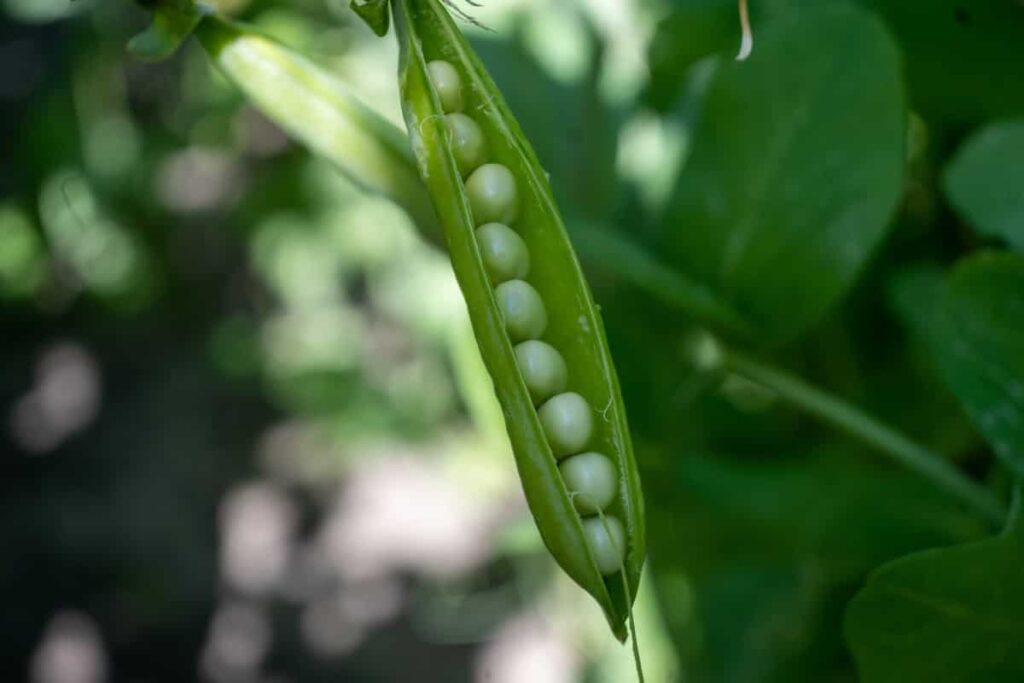
Conclusion
Seeing results from your gardening efforts is a great motivation to keep going. Planting a garden and watching for the first signs of fruit is exciting because it means you will not have to wait long to enjoy some of the fresh, nutritious veggies you’ve worked so hard to grow. If you live in the following cities, towns, and counties and plan to grow vegetables in West Virginia, this Vegetable Planting Calendar chart and guide will help you to set up your garden.
| Charleston | Point Pleasant |
| Morgantown | Oak Hill |
| Huntington | Cross Lanes |
| Martinsburg | New Martinsville |
| Wheeling | Nitro |
| Beckley | Moorefield |
| Parkersburg | Dunbar |
| Clarksburg | Ranson |
| Princeton | Welch |
| Fairmont | Philippi |
| Lewisburg | White Sulphur Springs |
| Charles Town | Wellsburg |
| Elkins | Shinnston |
| Bluefield | Kenova |
| Summersville | Kearneysville |
| Buckhannon | Follansbee |
| Weirton | Westover |
| Hurricane | Central West Virginia |
| Fayetteville | Esteren West Virginia |
| South Charleston | Western West Virginia |
| Moundsville | Southern West Virginia |
| Weston | Northern West Virginia |
- Sheep Farming Business Plan for Beginners
- Aquaponic Farming at Home: A Step-By-Step Guide
- Profitable Village Farming Business Ideas in 2024
- High-Yield Aquaculture: Fast-Growing Fish for Farming
- Effective Fish Pond Construction Techniques for Beginners
- Irrigation and Water Management in Pineapple Farming
- Blossom to Harvest: Mastering Flowering and Pollination in Papaya Farming
- Pig Fattening Essentials: From Selection to Sale for Beginners
- Raising Wagyu Cattle: A Complete Guide for Premium Beef Production
- Soil Types and Their Water Holding Capacity
- Optimizing Irrigation Schedules for Coconut Groves for Enhanced Yield
- Espresso Your Garden: Coffee Grounds for Healthier Acid-Loving Plants
- The Best Soil Mix for Snake Plants: How to Mix Your Own Snake Plant Soil
- Green Thumb Success: Expert Tips for Cultivating Greenhouse Beans All Year Round
- Bloom All Year Round: The Ultimate Guide to Indoor Hyacinth Care
- Eco-Friendly Gardening: How to Make Liquid Fertilizer from Kitchen Waste
- Ultimate Guide to Grow Anise in Pots: Explore Seed Propagation to Harvesting
- Guide to Raising Chester White Pigs: Discover Breed Facts to Growth Management
- Mastering the Elegance: The Ultimate Guide to Weeping Cherry Tree Care, Planting, and Maintenance
- Ultimate Guide to Planting Garlic in Grow Bags: Growing Strategies for Beginners
- How to Fix Spider Plant Leaf-Related Problems: Natural and Organic Remedies
- 10 Reasons Why Your Tulsi Plant is Shedding Leaves: Home Remedies and Solutions
- Optimizing Growth and Yield: The Advantages of Palm Bunch Ash Fertilizer
- Utilizing Neem Oil Extract as a Natural Pesticide for Hydrangea
- From Soil to Harvest: Various Ways in Which Farmers Can Use AI Tools
- Steps to Encourage and Induce Citrus Flowers: A Comprehensive Guide
- How to Fix Snake Plant Leaf-Related Issues: Natural and Organic Remedies
- Transform Your Garden into a Fragrant Oasis with Raat Ki Rani (Night Blooming Jasmine)
- Discover the Ideal Chicken Breeds for Philippine Farms
- How to Create a Poultry Egg Farm Business Plan for Profits
- Grow Lemon Cucumbers Like a Pro: Insider Techniques for Bountiful Yields
- Ultimate Guide to Caring for Your Pink Princess Philodendron: Tips for Thriving Variegation
- Areca Nut Profit Per Acre: Calculating Yield and Cost of Cultivation
- How Kaveri Chicken is Becoming a More Profitable Breed in Indian Backyards
- Transform Your Barn: 9 Steps to Convert a Horse Stall into a Chicken Coop
- Exploring Suffolk Sheep Disadvantages with Limitations and Challenges
